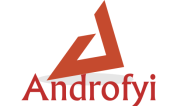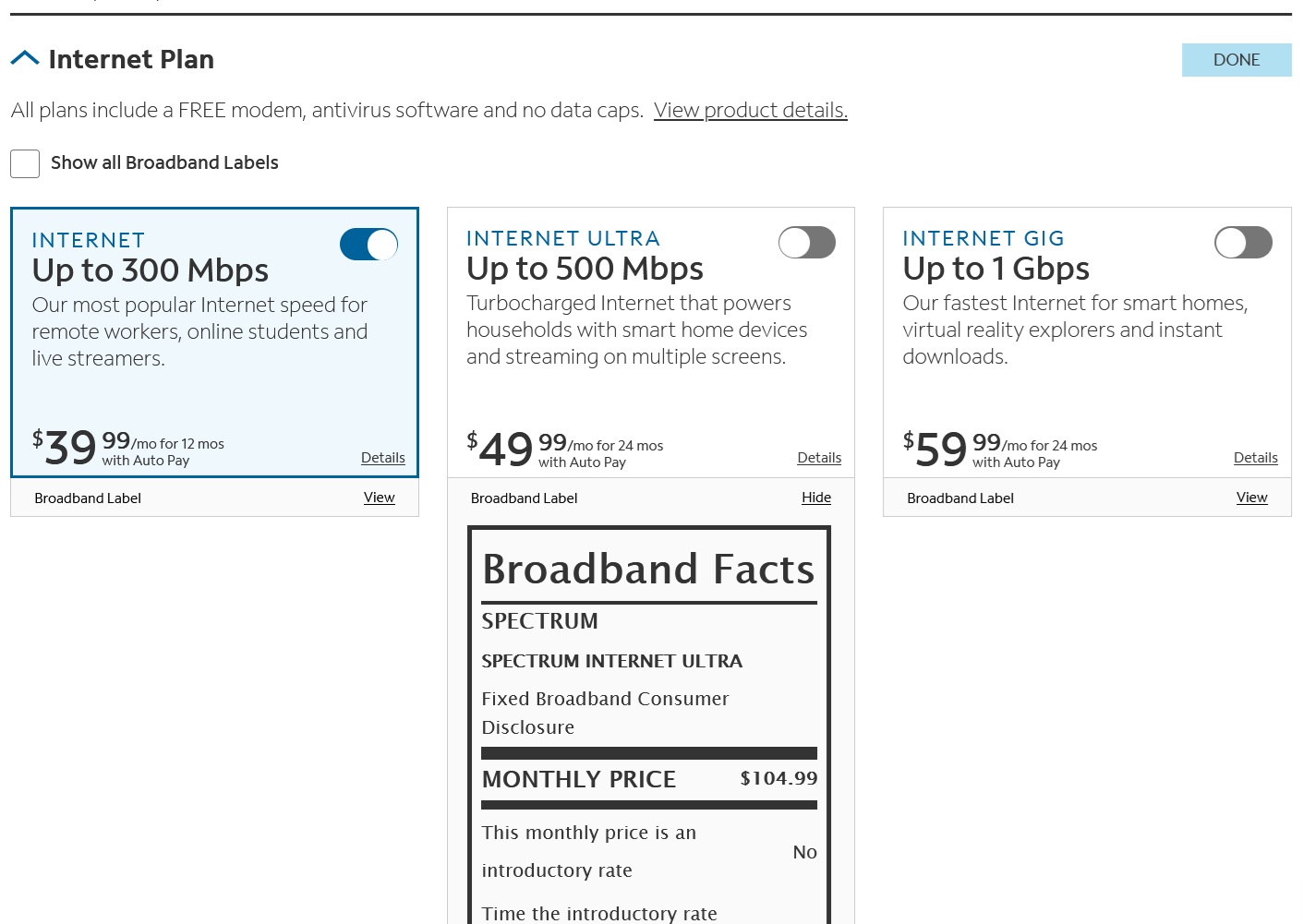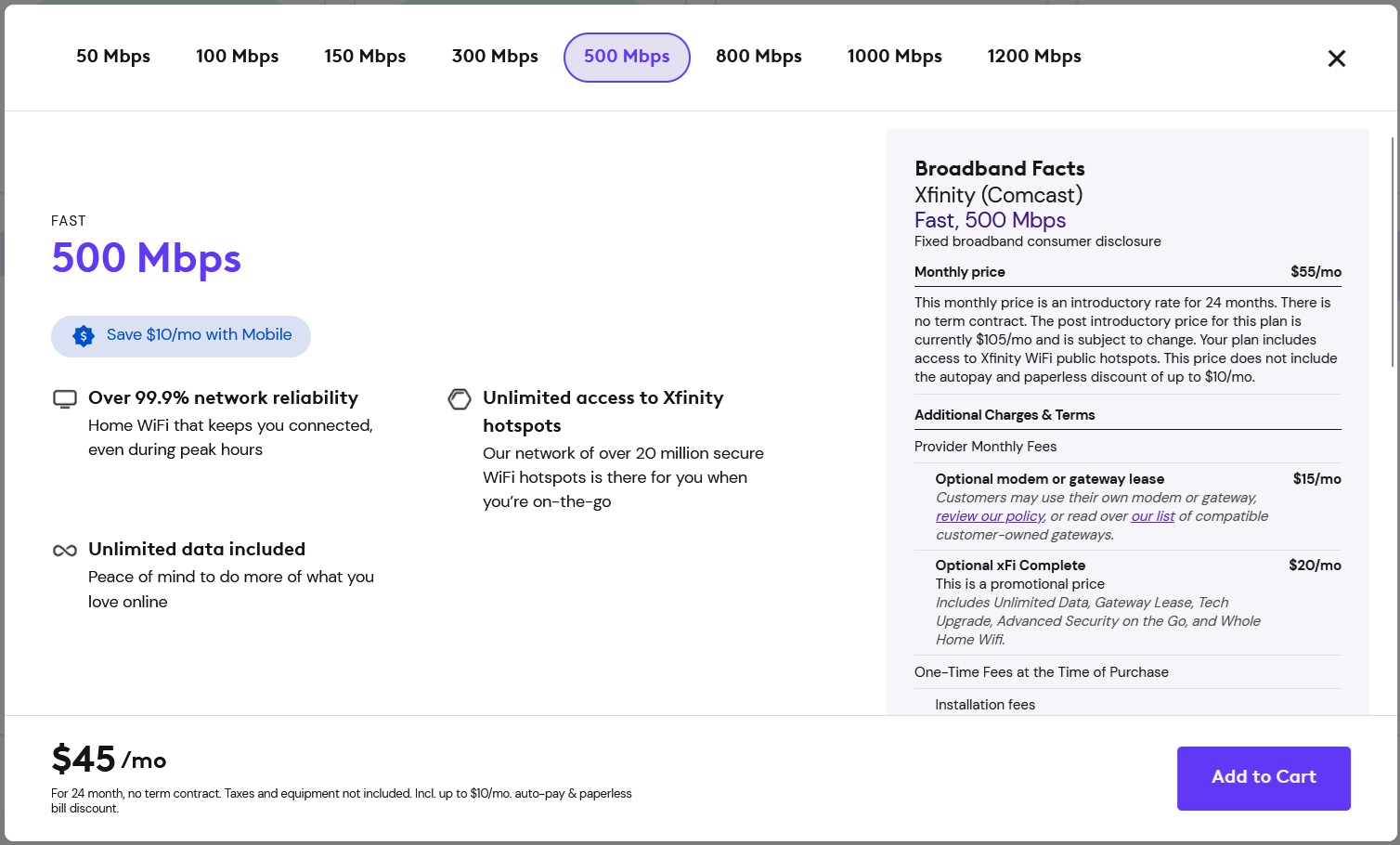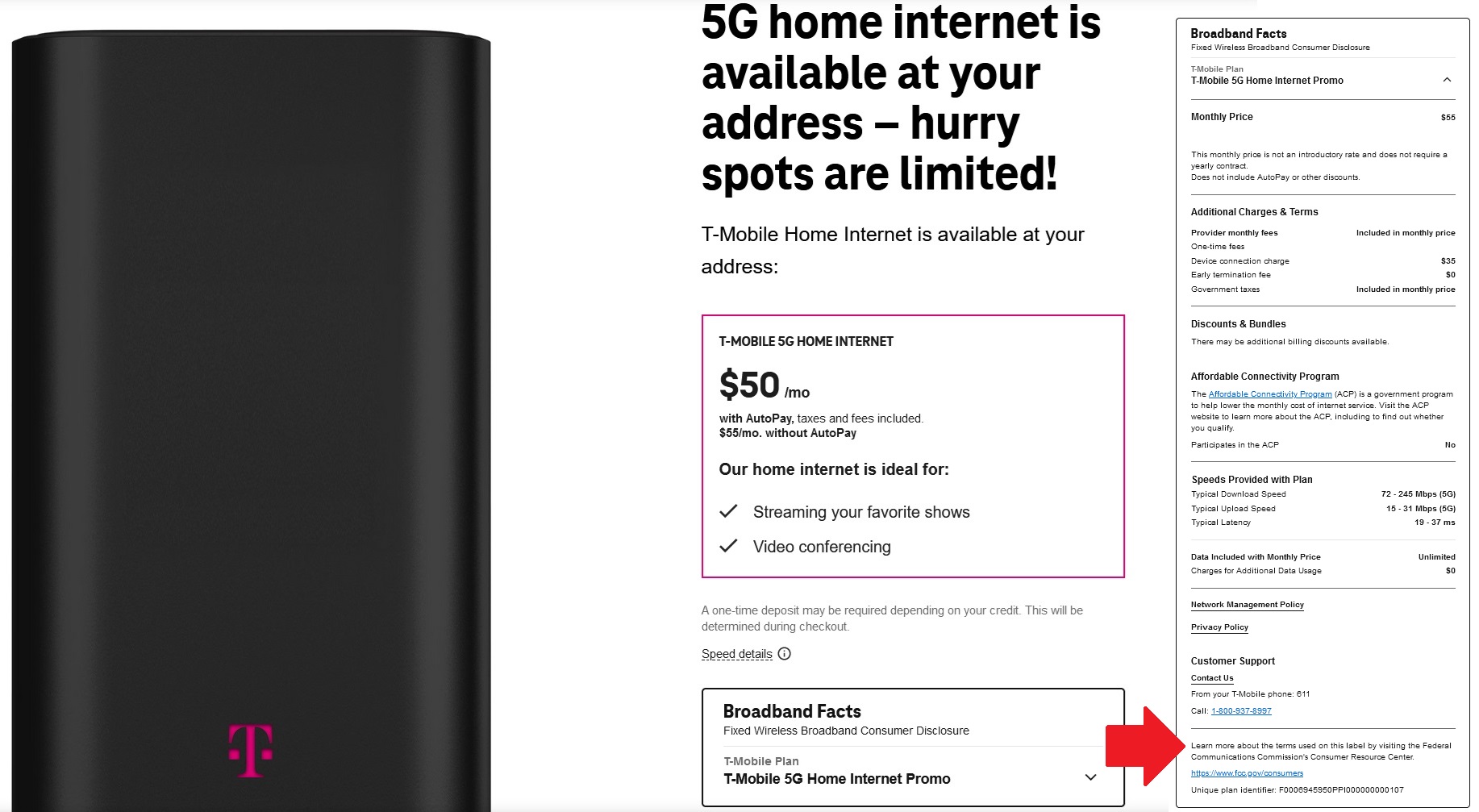Shopping for home internet service just got easier, thanks to an overdue act of government regulation—at least in theory.
As of April 10, major internet service providers (ISPs) in the U.S. must provide “Broadband Facts” labels to prospective customers, under FCC rules approved in late 2022. Modeled after the “Nutrition Facts” labels the FDA mandates for packaged food, these broadband labels must disclose typical download and upload speeds, full non-promotional pricing, data caps, and hidden fees as part of the sign-up process.
As you might expect, not all ISPs are embracing the opportunity for transparency. Many have tried their best to hide the new labels from consumers; and in some cases, they omit key details, such as data cap overage charges and equipment rental fees. This is no surprise given that cable companies lobbied hard against broadband labels to begin with.
Let’s take a closer look by examining the placement and content of each major ISP’s Broadband Facts labels and grading them accordingly:
Table of Contents
Charter Spectrum
Jared Newman / Foundry
Charter really doesn’t want you to see Spectrum’s broadband labels, which are hidden by default on the plan selection page. To find them, you must click the tiny “Broadband Label” text beneath each plan or check off the “Show all Broadband Labels” box at the top. A customer who was unfamiliar with the FCC’s new rules might skip over the disclosures entirely.
One can understand why Charter is so eager to obfuscate: By clicking those labels, you’ll see that Spectrum’s actual internet price jumps by $45 to $55 per month after promo rates expire, and customers face additional fees for activation, reconnection, and late payments.
Grade: C-
Comcast Xfinity

Jared Newman / Foundry
Comcast’s Broadband Facts label looks more like a billing statement than a nutritional guide, but at least the information is easy to find, appearing directly next to your selected plan with no extra clicks required. The top of the label makes clear that Comcast customers face steep price hikes after their promo rates expire, and it links to the company’s documentation on bringing your own equipment.
Still, the label stumbles over Comcast’s biggest gotcha: Unlimited data costs an extra $15 per month as part of a cable modem rental fee, or $30 per month if you use your own modem. These two fee options appear at opposite ends of the label, and nowhere does Comcast specify its data limits and overage fees for customers who don’t pay the toll.
Grade: B-
Cox

Jared Newman / Foundry
Much like Spectrum, Cox requires an extra click to view its Broadband Facts labels, though you can also find them by scrolling down the page.
But Cox also employs a separate act of misdirection. Above each “View Broadband Facts Label” link, you’ll find a separate “Plan Details” link with more marketing fluff and one key omission: It doesn’t list the overage fees for exceeding Cox’s 1TB data cap. (As the actual Broadband Facts label makes clear, customers must pay $10 for each additional 50GB.) The “Plan Details” page also doesn’t tell you that Cox’s free Wi-Fi equipment jumps to $15 per month after two years.

Jared Newman / Foundry
One other notable quirk: While Cox’s plan selection page advertises “up to” a certain speed for each tier, its nutrition labels show “typical” speeds that exceed the advertised limit. So what exactly are customers getting?
Grade: D+
Verizon Fios

Jared Newman / Foundry
To find Verizon’s broadband labels, you must scroll to the bottom of the plan selection page or click a tiny “Jump to broadband facts labels” link, which is hidden beneath a bevvy of other options halfway down the page.
Even worse, the labels themselves suffer from conflicting or missing information. While Verizon’s plan selection box states that average download speeds range from 750- to 940 Mbps for a gigabit plan, the FCC-mandated label shows a “typical” download speed of 939.67 Mbps. The label also doesn’t say anything about equipment rental fees, even though Verizon offers a range of free and paid options, and it doesn’t link to information about bringing your own equipment.
Grade: D
T-Mobile 5G Home Internet

Clicking the “Broadband Facts” drop-down shows the full label, pictured on the right.
Jared Newman / Foundry
T-Mobile’s Broadband Facts label appears prominently on the plan detail page, and while you do have to click a drop-down button to see the whole thing, T-Mobile shows enough of the label up front to make its purpose clear.
The only major problem is conflicting data. While the label advertises typical upload speeds between 15- and 31 Mbps, T-Mobile’s FAQ section says to expect uploads between 6- and 23 Mbps instead. That could be a make-or-break difference if you need a plan that can handle multiple Zoom calls at the same time.
Grade: B+
Optimum

Jared Newman / Foundry
While Optimum doesn’t list its labels directly on the plan selection page, it does include a big blue “Broadband Facts” button below each plan, leading to an easy-to-read pop-up.
But there’s still room for improvement. The label’s “typical” download speeds exceed the maximum speed that Optimum advertises, and there’s no information about equipment fees. (Optimum’s basic Wi-Fi gateway is free, but range extenders cost extra.) And while the label says the price increases “in periodic increments” after 12 months up to the regular rate, there’s no way to see what those increments are or when they apply.
Grade: C+
CenturyLink

Jared Newman / Foundry
While most internet providers are treating broadband labels as secondary to their own marketing, CenturyLink made them a fundamental part of its signup flow. Enter a valid service address, and you’ll land on a plan selection screen in which the FCC-mandated labels serve as the sole description of your options. There’s no marketing filler at all here, just a utilitarian rundown of what your money gets you.
Yes, we can ding CenturyLink for not linking to any bring-your-own modem documentation, or for showing “typical” speeds that exceed the company’s advertised maximums. Yet no other ISP has embraced both the spirit and the letter of the FCC’s rules to the extent that CenturyLink has.
Grade: A-
AT&T Fiber

Jared Newman / Foundry
Who’d have thought that the best Broadband Facts implementation would come from AT&T? The telco’s labels appear prominently beneath each plan with no extra clicking required, so the experience truly feels akin to flipping over a bag of chips for its nutritional damage. The information is clear, the “typical” speeds line up with what AT&T advertises, and the only nitpick is that it doesn’t show the cost of additional Wi-Fi range extenders.
Bear in mind that AT&T’s fiber service has no data caps, no modem rental fees, and no rate hikes beyond the advertised price. It turns out that transparent marketing isn’t all that difficult when there’s nothing egregious to hide.
Grade: A
You’ll find additional information about the FCC’s Broadband Facts label at PCWorld.
Sign up for Jared’s Cord Cutter Weekly newsletter to get more streaming advice every Friday.











Leave a Reply